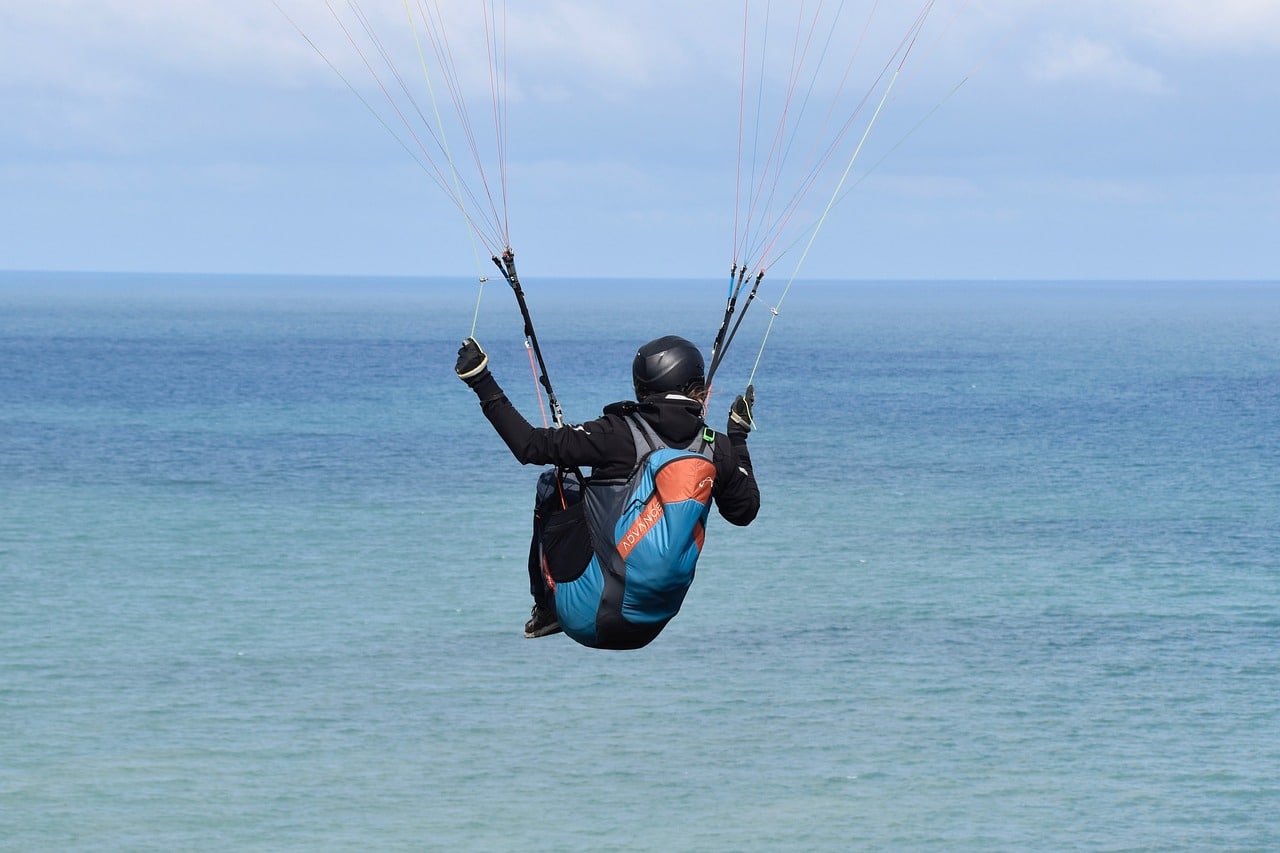Wingsuit flying is an extreme sport that continues to captivate the adventurous souls. It offers an adrenaline-fueled experience of soaring through the sky like a bird. However, the high-speed nature of this activity also holds a significant risk of fatal accidents. The enthralling thrill of wingsuit flying is not without a serious concern for safety.
What Makes Wingsuit Flying A Risky Endeavor?
The Intricate Dynamics of Wingsuit Flying
To comprehend the high-risk factor associated with wingsuit flying, one must understand its basics. In wingsuit flying, participants wear a specially designed jumpsuit, which increases their surface area. This structural enhancement enables them to glide at high speed and maneuver in the sky before eventually opening a parachute for landing. However, the high-speed flight and intricate maneuvers can lead to fatal accidents if executed incorrectly.
Extreme Conditions and Demanding Requirements
The extreme nature and demanding requirements of wingsuit flying also contribute to its risk. It requires great physical strength, mental endurance, and technical knowledge. Additionally, it is highly sensitive to weather conditions. Miscalculating these aspects may result in a disastrous consequence.
How Frequent Are Wingsuit Flying Accidents?
Statistically, wingsuit flying has a higher fatality rate compared to other extreme sports. Based on a report from the United States Parachute Association, there were 24 fatal skydiving accidents in 2019. Many of these involved experienced wingsuit flyers, indicating that even veterans are not immune to accidents.
What Are Common Causes of Wingsuit Flying Accidents?
Human Error – A Critical Factor
The majority of wingsuit accidents are due to human error. These can range from poor decision making, misjudgment of distance and speed, failure to execute proper maneuvers, to lack of experience or overconfidence.
Equipment Failure – An Unanticipated Risk
Although less common, equipment failure can also lead to fatal accidents. This includes parachute malfunctions or damage to the wingsuit. Regular checks and maintenance of the equipment are critical to ensure their functionality and reliability during the flight.
Can These Accidents Be Prevented?
While there is no guarantee of eliminating all risks in wingsuit flying, certain measures can significantly reduce the likelihood of accidents. These include proper training, regular practice, meticulous planning, and adhering to safety protocols.
Importance of Training and Experience
Comprehensive training under the supervision of experienced instructors is crucial. This ensures that flyers are equipped with the necessary skills and knowledge to handle unexpected situations.
Planning and Adherence to Safety Protocols
Detailed planning, including studying the weather conditions, understanding the flight path, and preparing for emergencies can help prevent mishaps. Strict adherence to safety protocols, such as regular equipment checks and not attempting risky maneuvers beyond one’s skill level, is also pivotal.
Use of Technology
Technological advancements can also help in preventing accidents. For example, the use of GPS devices can help navigate the course accurately, while high-resolution cameras can be used for post-flight analysis to identify areas of improvement.
To wrap it up, the inherent risks of wingsuit flying are undeniable. But with proper training, meticulous planning, adherence to safety protocols, and the use of technology, these risks can be managed effectively. However, it is also vital to understand that the unpredictable nature of this sport makes it impossible to eliminate all risks.




